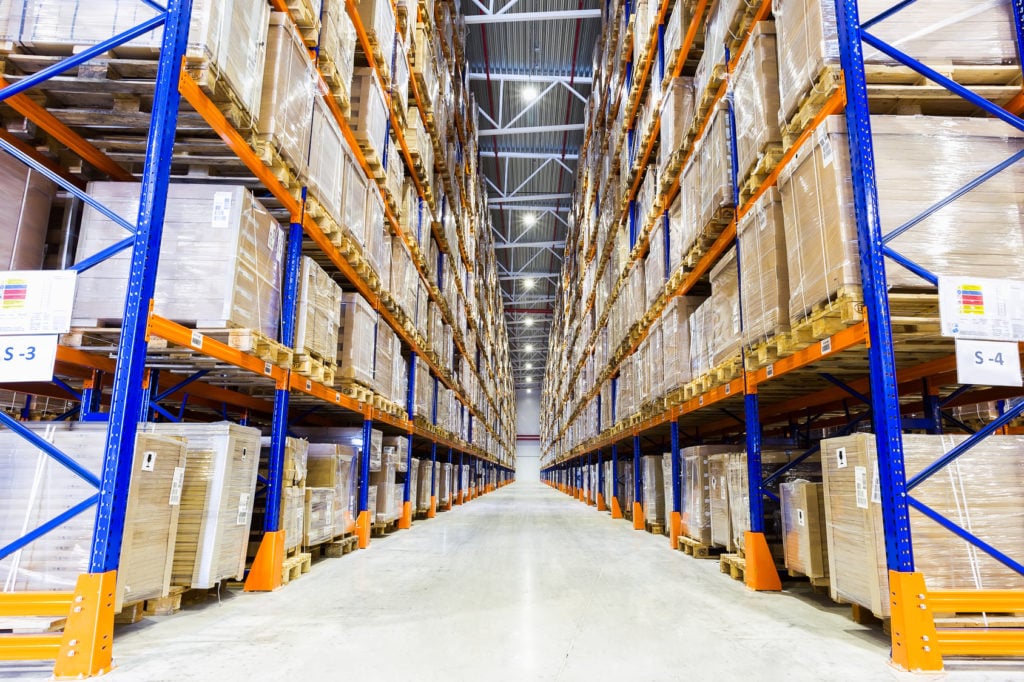
What is ERP in Supply Chain Management?
Speed, efficiency, and clear communications: these are the keys for a business of any size to stay competitive in today’s global marketplace. Unfortunately, ever-changing technology and buying patterns can make it hard to deliver the right product at the right price to the right place at the right time.
This is why using enterprise resource planning (ERP) in supply chain management is essential for companies that need flexibility and scalability for their business processes to support changing business needs. But what is ERP in supply chain management? And how can it help?
Supply chain processes change constantly, as dictated by the market, and this has become especially apparent in the wake of the COVID-19 pandemic. Supply and demand forecasting was once based on historic data, but now needs to account for changes occurring in real time.
The problem is that moving at breakneck speed can lead to quality issues. That’s unacceptable in industries like life sciences, where one bad batch of a drug could have grave consequences for customers and damage a company’s reputation to the point of no return. So, how do you uphold stringent monitoring requirements while still controlling variables in supply and value chains when they span multiple product and service vendors globally?
Spreadsheets and other manual processes are simply not enough to manage a supply chain today, and this is one area where ERP can improve a company’s business performance.
How Can ERP Improve a Company’s Business Performance?
A modern ERP system ensures greater speed and accuracy across the entire supply chain.
But how can ERP improve a company’s business performance? ERP is all about eliminating silos by automating routine, repetitive tasks and providing a consolidated view of business and customer demands so that you can prioritize production priorities, streamline operations, and achieve greater efficiency. In supply chain management, ERP systems offer a window into existing and incoming supplies and current stock to ensure consistent product delivery.
Cloud-based ERP systems are built for internal and external connectivity to deliver easy data access. Real-time data on production equipment reporting, point-of-sale data, inventory levels, and hours worked can be collected, analyzed, and reported from warehouses, shop floors, and office desktop systems, providing a full picture of your operations.
But Wait—Is There Any Difference Between ERP and WMS?
In considering ERP, you may be wondering the difference between ERP platforms and warehouse management solutions, or WMS. The biggest distinction is that WMS generally requires support from additional software, whereas ERP is a standalone solution. Also, WMS is more focused on one area of the business, while ERP automates data collection and integrates it from all areas of the business, from accounting and HR to manufacturing, project management, order processing, customer service, and relationship management.
Keep in mind that ERP systems often include WMS functionality. Another major difference between ERP and WMS is that WMS focuses on inventory in-house rather than all the external variables impacting supply overall. An ERP system can link supplier systems, automating key functions and boosting responsiveness for stronger demand forecasting, precise inventory management, efficient procurement, and opportunities for both cost reduction and production innovation.
Strengthening supply chain responsiveness ultimately helps mitigate risk and improve decision-making during unsettling times, something that outdated systems typically cannot do. An ERP system promotes forward-thinking planning, as it can help anticipate fluctuations in product demand and supply needs, as well as potential bottlenecks and shortfalls.
An ERP system also helps unify operations beyond the supply chain and manufacturing floor. For example, a new order can prompt a credit check, then check product availability, update the distribution schedule, and send out an invoice.
Customer service can be improved by the entire process as well. The business gains stronger, more integrated analytics related to a customer’s journey. Automation helps to improve production and delivery times, along with shipment predictions. Analytics can show customer trends and even drive solutions that increase customer satisfaction.
So the difference between ERP and WMS is that WMS is strictly about warehouse management, whereas ERP encompasses all parts of a business including the warehouse.
Life Sciences Business Solutions
Modernization is essential for survival, but it understandably presents some challenges. On the flip side, a modernized business has an incredible opportunity to capture a larger market share. For life sciences business, Life sciences business solutions such as ERP are especially important.
Today’s ERP solutions are designed to provide life science firms the kind of speed and digital access they need to manage and optimize their supply chains. The data yielded from an ERP system can strengthen efficiency, streamline operations, and help achieve a competitive edge in an increasingly aggressive global landscape.
Navigator has been helping life sciences companies with ERP for more than a decade. Our SAP Cloud ERP solution combines flexibility and scalability so your growing business can be prepared to efficiently support and manage increasingly complex supply chains through stronger visibility. Learn more about how our ERP-based life sciences business solutions can help you meet the challenge of today’s business environment.